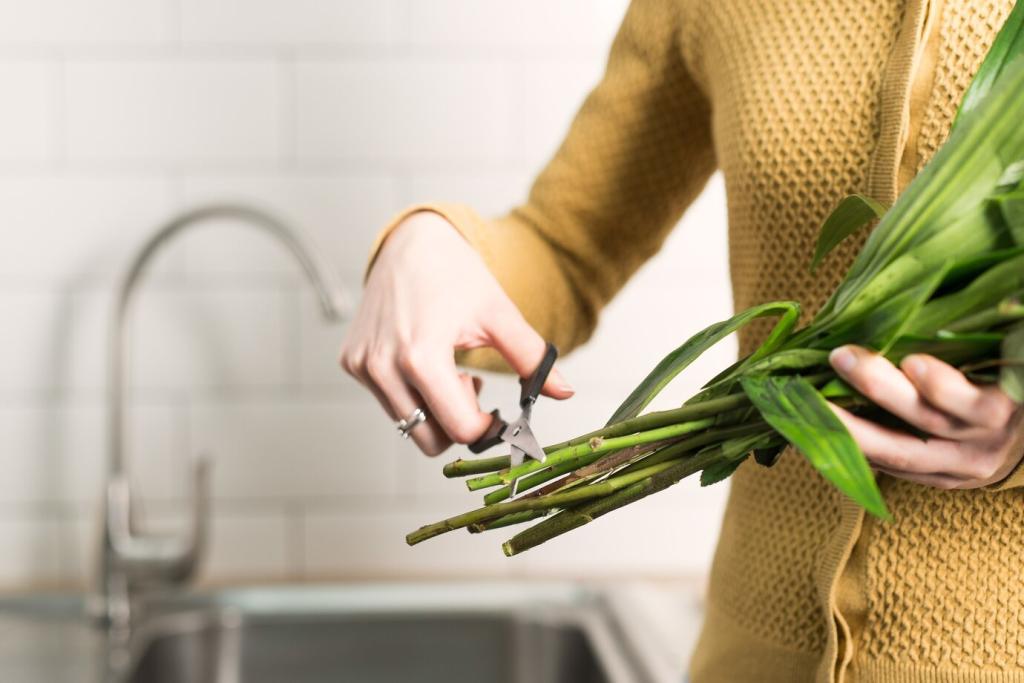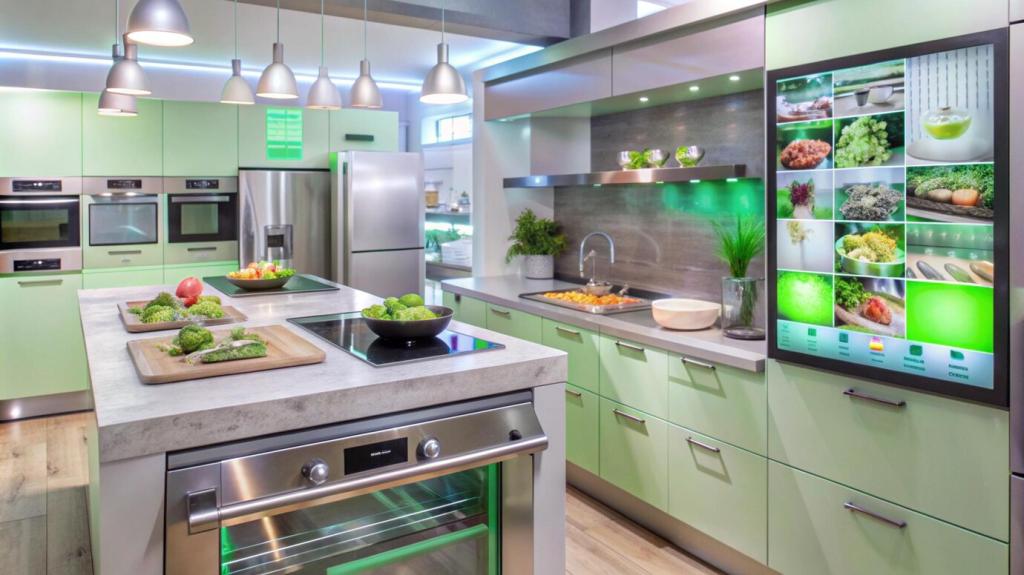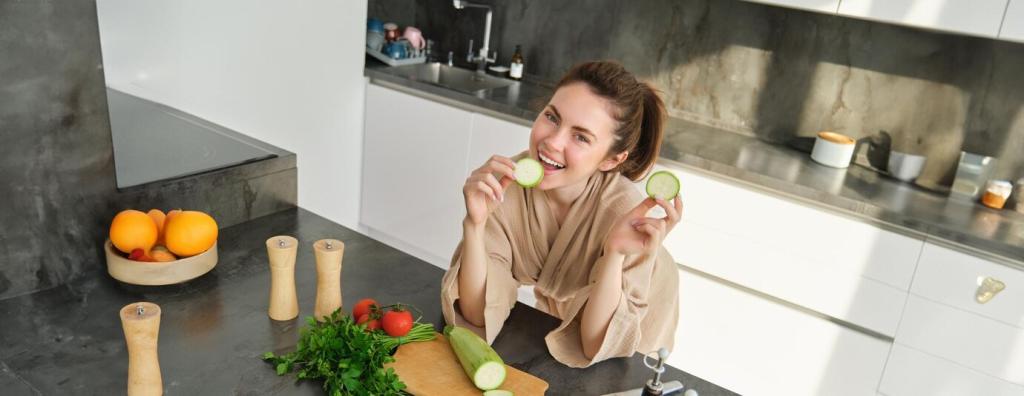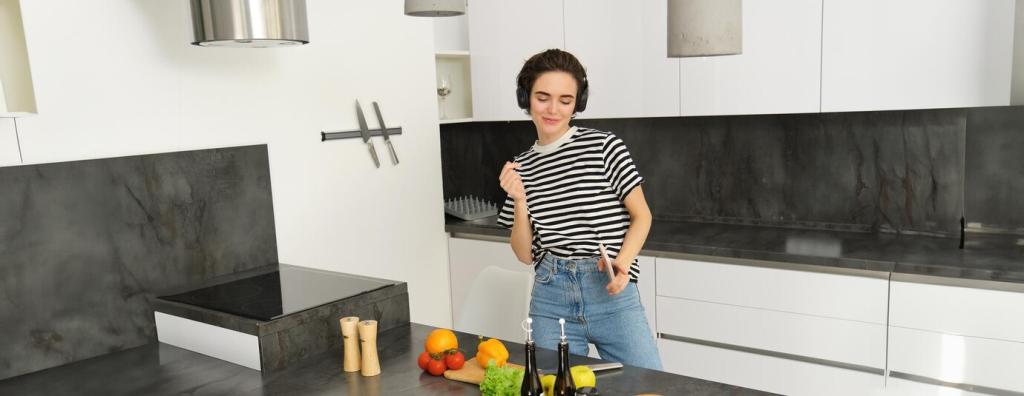Sizing Airflow: CFM, BTUs, and Real Capture
For electric or induction, multiply cooktop width in inches by ten to estimate needed CFM. For gas, divide total burner BTUs by one hundred. Island hoods typically benefit from an extra hundred to one hundred fifty CFM for turbulence.
Sizing Airflow: CFM, BTUs, and Real Capture
Deep canopies and a slight overhang on both sides trap plumes before they escape. Aim for at least a three-inch overhang and twenty-one to twenty-four inches of depth. Smart geometry often outperforms brute airflow alone.
Sizing Airflow: CFM, BTUs, and Real Capture
A reader replaced a weak, shallow hood with a deeper model at similar CFM. Overnight, the smoky omelet ritual stopped triggering the hallway alarm. Design and capture area turned breakfast back into joy, not drama.







